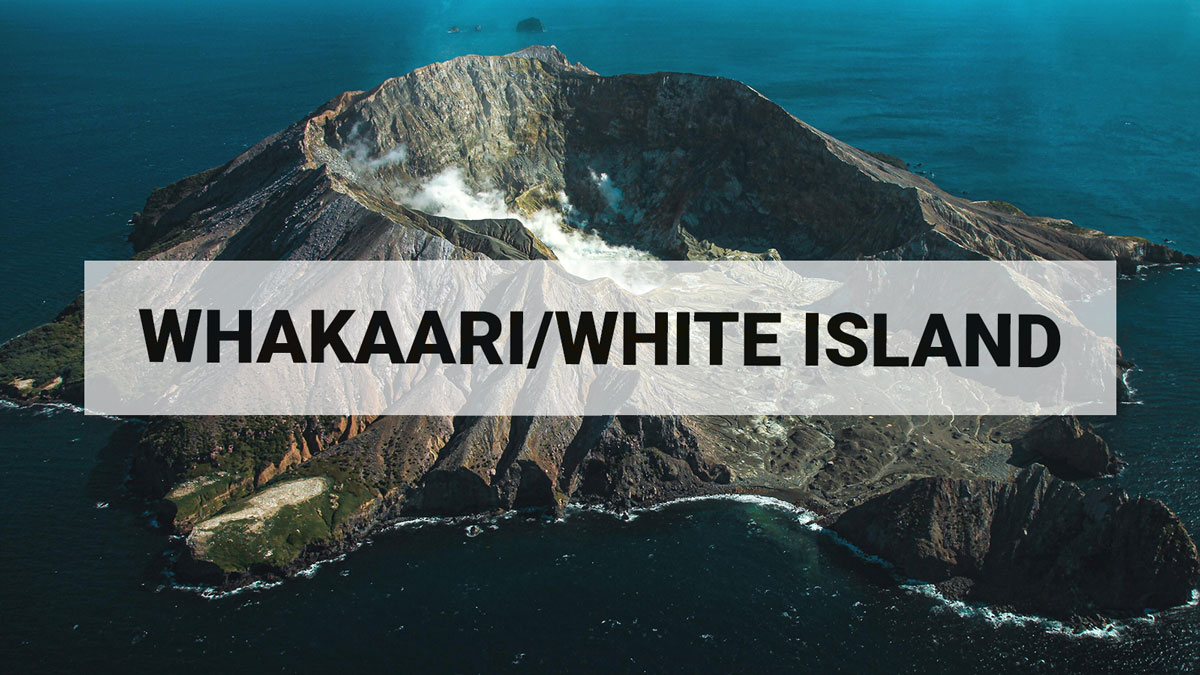
Whakaari/White Island: Volcanic unrest continues with some crater changes.
Recent observation and gas measurement flights confirm that dilute ash emission has currently ceased. Subsidence has occurred within the 2019 Primary Crater. The Volcanic Alert Level remains at Level 2.
Last week GNS volcanologists undertook observation and gas measuring flights over the island. In the time between the two flights a small collapse occurred in one of the craters, active in 2019. No further ash emission was observed.
During the gas measuring flight geysering was observed from a small grey coloured pool on the south side of the 2019 Primary Crater. A little over an hour later during an observation flight, the pool was gone, and a collapse pit was present. The observation flight also established a larger collapse structure was present in the crater, but it is not clear exactly when this occurred. The formation of collapse craters at Whakaari/White Island was common in the past and was thought to be caused by either withdrawal of liquid beneath the crater or the removal of fine-grained ash during recent ash emissions. While this collapse activity poses no immediate hazard, it shows that the shallow crater environment remains dynamic and is changing in response to pressure variations beneath the active craters. This is a sign of continuing unrest.
Gas emissions have declined since the last measurements and vent temperatures are also lower at around 290 C. The water level in the lake has receded slightly in the past few weeks. Volcanic tremor remains low.
The current level of activity is consistent with moderate to heightened levels of unrest. As such the Volcanic Alert Level remains at 2 and the Aviation Colour Code remains at Yellow.
As noted previously, our on-island equipment has degraded over the past two years. However, recent improvements of the transmission of data means that some of the data is more continuous and more complete than it has been recently.
The Volcanic Alert Level reflects the current level of volcanic unrest or activity and is not a forecast of future activity. While Volcanic Alert Level 2 is mostly associated with volcanic unrest hazards (including discharge of steam and hot volcanic gases, earthquakes, landslides, and hydrothermal activity), potential for eruption hazards also exists and eruptions can still occur with little or no warning.
Further information about the volcanic alert levels and what they mean can be found here.
GNS Science and its National Geohazards Monitoring Centre continue to monitor Whakaari/White Island for further changes in unrest.
Craig Miller
Duty Volcanologist
Media Contact: 021 574541 or media@gns.cri.nz
Footnote:
You might notice we've made a tweak to the name of these bulletins - from Volcanic Alert Bulletin to Volcanic Activity Bulletin. We've done this because we think it better reflects the purpose of these bulletins, which can also include more general updates. Any queries, please let us know.

